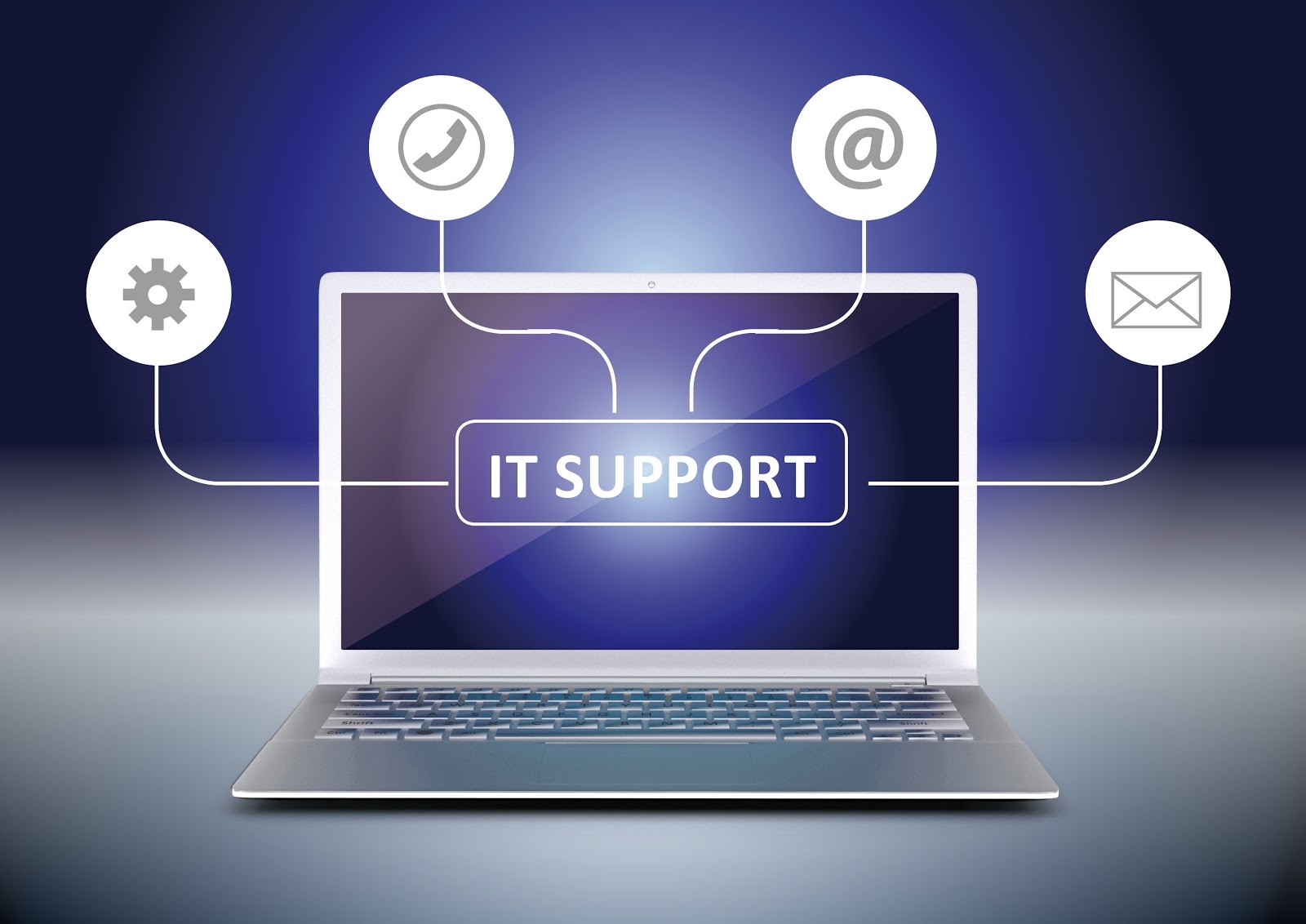
Health Information Technology (IT) has revolutionized healthcare delivery and management globally. From improving patient care and outcomes to enhancing the efficiency of healthcare systems, Health IT plays a pivotal role in addressing the myriad challenges faced by the global health sector. This blog explores the multifaceted role of Health IT in global health, examining its benefits, applications, challenges, and prospects.
The Evolution of Health Information Technology
Early Beginnings
Health IT began with digitizing patient records, transitioning from paper-based systems to electronic health records (EHRs). This shift allowed for more accurate and accessible patient information, laying the foundation for the broader applications of Health IT we see today.
Technological Advancements
Health IT has expanded far beyond basic digitization with the advent of advanced technologies such as cloud computing, artificial intelligence (AI), and big data analytics. These technologies enable more sophisticated data analysis, predictive modeling, and personalized medicine, significantly enhancing the capabilities of healthcare providers.
Integration with Global Health Systems
Health IT has become integral to global health systems, facilitating the seamless exchange of information across borders and improving care coordination. This integration is crucial for addressing global health challenges such as pandemics, chronic diseases, and health disparities.
Benefits of Health Information Technology
Health IT enhances the accuracy and efficiency of diagnostics and treatment. Advanced imaging technologies, AI-driven diagnostic tools, and precision medicine enable healthcare providers to deliver more accurate and timely care, improving patient outcomes.
1) Personalized Medicine
Health IT supports personalized medicine by leveraging patient data to tailor treatments to individual needs. Genomic data, lifestyle information, and health records are analyzed to develop personalized treatment plans, leading to better health outcomes and reduced adverse effects.
2) Increased Efficiency and Cost Savings
Health IT streamlines administrative processes, reducing the burden on healthcare providers and allowing them to focus more on patient care. Automated scheduling, billing, and documentation systems enhance efficiency and reduce administrative costs.
3) Resource Optimization
Health IT helps optimize resource allocation and management by analyzing data on patient populations. Predictive analytics can forecast healthcare demand, enabling better planning and resource utilization, which is particularly valuable in resource-limited settings.
4) Enhanced Data Management and Security
· Secure Data Storage and Access
Health IT ensures the secure storage and access of patient data. Advanced encryption and cybersecurity measures protect sensitive health information, ensuring patient privacy and compliance with regulations such as HIPAA.
· Data Sharing and Interoperability
Health IT facilitates seamless data sharing across healthcare providers, improving care coordination and continuity. Interoperable systems allow for the exchange of information between different healthcare organizations, enhancing collaboration and reducing duplication of efforts.
5) Better Public Health Surveillance and Response
Health IT enables real-time data collection and analysis, providing valuable insights into public health trends and emerging threats. Surveillance systems monitor disease outbreaks, track vaccination rates, and identify health disparities, informing public health interventions and policies.
6) Emergency Preparedness and Response
Health IT supports rapid response efforts in health emergencies such as pandemics. Data-driven models predict the spread of diseases, allocate resources, and coordinate response activities, enhancing the effectiveness of public health interventions.
Applications of Health Information Technology in Global Health
1) Comprehensive Patient Records
EHRs provide comprehensive and up-to-date patient records, improving the accuracy and continuity of care. They include information on medical history, diagnoses, treatments, medications, and test results, facilitating better clinical decision-making.
2) Enhanced Communication
EHRs enhance communication between healthcare providers, ensuring that all care team members have access to the same information. This improves care coordination and reduces the risk of errors and miscommunications.
3) Telemedicine and Telehealth
Telemedicine enables remote consultations, allowing patients to access healthcare services from the comfort of their homes. This is particularly beneficial for individuals in remote or underserved areas, improving access to care and reducing travel costs and time.
4) Chronic Disease Management
Telehealth supports the management of chronic diseases by enabling regular monitoring and follow-up care. Remote monitoring devices track vital signs and symptoms, allowing healthcare providers to intervene promptly and adjust treatment plans.
5) Health Education and Promotion
mHealth applications provide health education and promotion, empowering individuals to make informed decisions about their health. Mobile apps and SMS campaigns disseminate information on preventive measures, healthy lifestyles, and disease management.
6) Access to Healthcare Services
mHealth improves access to healthcare services, particularly in low- and middle-income countries. Mobile clinics, health hotlines, and teleconsultation platforms connect individuals with healthcare providers, reducing barriers to care.
7) Population Health Management
Big data analytics supports population health management by identifying trends and patterns in health data. Predictive models forecast disease outbreaks, assess health risks, and guide public health interventions, improving the health of entire communities.
8) Personalized Medicine
Predictive analytics enables personalized medicine by analyzing large datasets to identify the most effective treatments for individual patients. Genomic data, lifestyle factors, and health records are used to develop tailored treatment plans, enhancing the efficacy of care.
Artificial Intelligence and Machine Learning
1) Diagnostic Support
AI and machine learning provide diagnostic support by analyzing medical images, lab results, and patient data. These technologies identify patterns and anomalies that human clinicians may miss, improving the accuracy and speed of diagnoses.
2) Treatment Recommendations
AI-driven treatment recommendation systems analyze patient data to suggest the most appropriate treatments. These systems consider factors such as medical history, current health status, and available evidence, enhancing clinical decision-making.
3) Health Information Exchanges (HIEs)
HIEs facilitate the sharing of health information between different healthcare organizations. This improves care coordination, reduces duplication of tests and procedures, and ensures that healthcare providers can access comprehensive patient records.
4) Improved Care Coordination
HIEs enhance care coordination by providing a seamless flow of information between primary care providers, specialists, hospitals, and other healthcare entities. This ensures that patients receive consistent and well-coordinated care across different settings.
Challenges of Health Information Technology in Global Health
· Technical Challenges
Many low- and middle-income countries face infrastructure limitations that hinder the adoption of Health IT. Issues such as limited internet connectivity, inadequate power supply, and lack of technical expertise pose significant barriers.
· Interoperability Issues
Interoperability issues arise when different Health IT systems cannot communicate or share data effectively. This can lead to fragmented care, duplication of efforts, and inefficiencies in healthcare delivery.
· High Implementation Costs
Implementing Health IT systems requires significant financial investment, which can be a barrier in resource-limited settings. Costs include hardware, software, training, and ongoing maintenance.
· Sustainability Concerns
Ensuring the sustainability of Health IT initiatives is crucial for their long-term success. This involves securing funding for ongoing operations, maintenance, and upgrades and addressing potential changes in technology and healthcare needs.
· Regulatory and Legal Challenges
Ensuring the privacy and security of health data is a major concern, particularly in global health. Different countries have varying regulations and standards for data protection, complicating cross-border data sharing and collaboration.
· Compliance with Regulations
Health IT systems must comply with various national and international regulations, which can be complex and challenging. Ensuring compliance requires ongoing monitoring, updates, and adherence to evolving legal requirements.
· Human and Organizational Challenges
Healthcare providers and organizations may resist the adoption of Health IT due to concerns about changes in workflows, increased workloads, and potential disruptions. Overcoming this resistance requires effective change management strategies and stakeholder engagement.
· Training and Capacity Building
Training and capacity building are essential for successfully implementing Health IT systems. Healthcare providers and staff must be trained on new technologies and processes, and ongoing support must be provided to ensure proficiency and confidence.
Future Prospects of Health Information Technology in Global Health
· Artificial Intelligence and Machine Learning
AI and machine learning will continue to advance, offering new opportunities for improving diagnostics, treatment, and healthcare management. These technologies will become increasingly integrated into Health IT systems, enhancing their capabilities and impact.
· Blockchain Technology
Blockchain technology holds promise for enhancing the security and interoperability of health data. Its decentralized and immutable nature can improve data integrity, reduce fraud, and facilitate secure data sharing across healthcare organizations.
· Global Collaboration and Partnerships
· International Health Initiatives
Global collaboration and partnerships will play a crucial role in advancing Health IT. International health initiatives, such as those led by the World Health Organization (WHO) and other global health organizations, will drive the development and adoption of Health IT solutions.
· Public-Private Partnerships
Public-private partnerships will be instrumental in overcoming financial and technical barriers. Collaborations between governments, non-governmental organizations, and private sector companies can provide the resources and expertise needed to implement and sustain Health IT initiatives.
· Harmonization of Regulations
Efforts to harmonize regulations and standards across countries will facilitate the global adoption of Health IT. This includes developing common data privacy, security, and interoperability frameworks to ensure consistency and compliance.
· Supportive Policies and Incentives
Governments and policymakers will be key in promoting Health IT through supportive policies and incentives. This includes funding, technical support, and regulatory frameworks that encourage the adoption and integration of Health IT.
· Addressing Health Disparities
Health IT has the potential to address health disparities by improving access to care and enhancing the quality of services for underserved populations. Ensuring that Health IT solutions are accessible and inclusive will be crucial for achieving global health equity.
· Empowering Patients and Communities
Health IT can empower patients and communities by giving them access to information, tools, and resources to manage their health. Patient portals, mobile apps, and online health education platforms can enhance health literacy and engagement.
Health Information Technology is transforming global health by improving patient care, enhancing efficiency, and enabling better data management and public health surveillance. Despite the challenges, the future of Health IT is promising, with advances in technology, global collaboration, supportive policies, and a focus on equity and inclusivity driving its continued evolution. As Health IT continues to evolve, it will play an increasingly vital role in addressing global health challenges and improving health outcomes for people worldwide.



